BARIATRIC AIR FRYER COOKBOOK Lose Weight and Stay Healthy With 400 Quick & Tasty Bariatric-Friendly Recipes for Your Air Fryer. Suitable For Gastric Sleeve and Gastric Bypass. + 30-Days Meal Plan Natalia Mazzoni 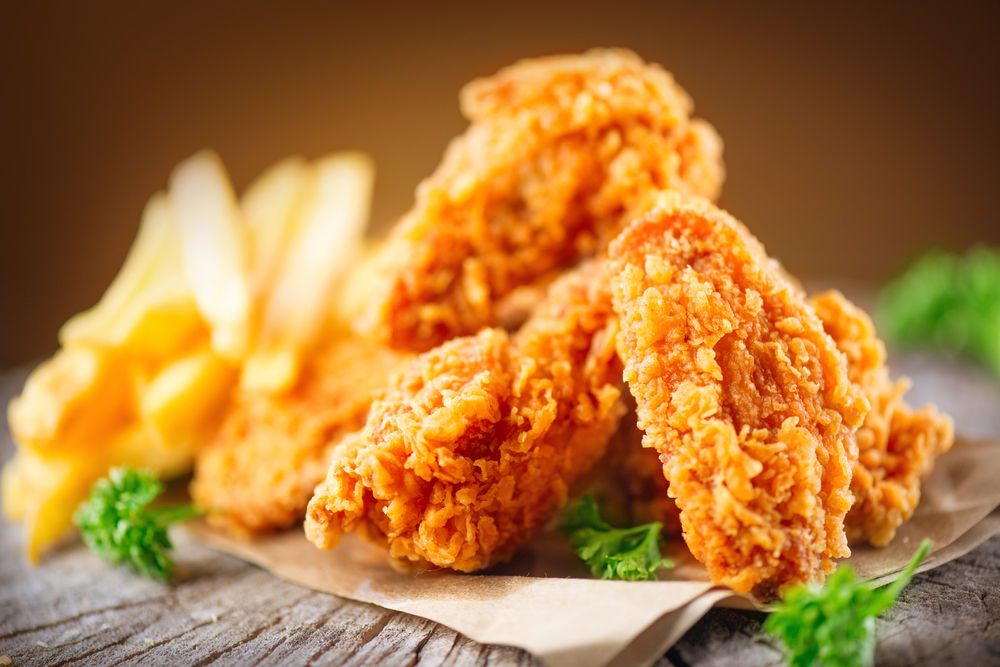 Copyright 2022 - All rights reserved. The content contained within this book may not be reproduced, duplicated or transmitted without direct written permission from the author or the publisher. Under no circumstances will any blame or legal responsibility be held against the publisher, or author, for any damages, reparation, or monetary loss due to the information contained within this book. Either directly or indirectly.
Copyright 2022 - All rights reserved. The content contained within this book may not be reproduced, duplicated or transmitted without direct written permission from the author or the publisher. Under no circumstances will any blame or legal responsibility be held against the publisher, or author, for any damages, reparation, or monetary loss due to the information contained within this book. Either directly or indirectly.
Legal Notice: This book is copyright protected. This book is only for personal use. You cannot amend, distribute, sell, use, quote or paraphrase any part, or the content within this book, without the consent of the author or publisher. Disclaimer Notice: Please note the information contained within this document is for educational and entertainment purposes only. All effort has been executed to present accurate, up to date, and reliable, complete information. No warranties of any kind are declared or implied.
Readers acknowledge that the author is not engaging in the rendering of legal, financial, medical or professional advice. The content within this book has been derived from various sources. Please consult a licensed professional before attempting any techniques outlined in this book. By reading this document, the reader agrees that under no circumstances is the author responsible for any losses, direct or indirect, which are incurred as a result of the use of information contained within this document, including, but not limited to, errors, omissions, or inaccuracies. Table Of Contents 
Introduction
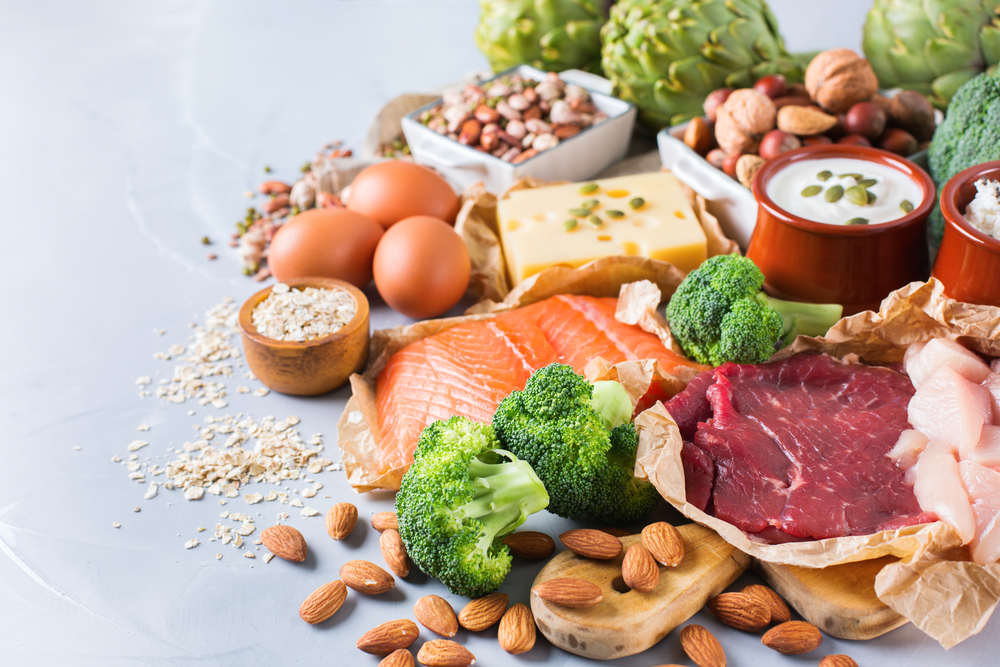
W hen it comes to weight loss, there are plenty of viable options. Of course, many people turn to surgery.
If you're looking for an alternative that doesn't involve cutting anything out, the air fryer might be just what you've been searching for! The air fryer is a countertop appliance that uses hot air and convection technology to cook food like fries, chicken wings, and tater tot casserole without the fat from frying. It also has a timer with auto shutoff and pre-set functions depending on what kind of food you are cooking. An air fryer uses hot air to cook food. This is different from the convection oven, which uses heated air to cook food. Both methods are healthy ways to cook, as they do not use a lot of oil or grease and do not require you to stand by the stove while it is cooking. Most models have an adjustable temperature control and some have a timer with auto shutoff.
The timer helps you avoid overcooking food, so you can eat healthier and avoid added calories or fats. Most come with preset functions that let you cook fruit like apples, or chicken wings in a matter of minutes with little effort. The food will still be moist and flavorful as if it were fried, but with far less fat. An air fryer is not just for cooking food, though. It can also be used to quickly dry and sterilize baby bottles and utensils. This also reduces the amount of bacteria in your home, thereby reducing the chance of food contamination.
The good part about this technology is that it takes only minutes to cook food without adding a lot of fat or calories. The air fryer reduces cooking times by up to 75%. In a matter of minutes you can have crispy potato wedges, juicy chicken wings, or bacon-wrapped meatballs! If you are also looking for an alternative to surgery for weight loss or want healthier meals for your family, then consider investing in an air fryer. It is safe and easy to use, and can help you achieve a trim and healthy figure in no time! Gastric bypass surgery Gastric bypass surgery is a procedure that's done to help people who have very high levels of obesity and it involves creating a small stomach. The surgeon will make an incision just below the navel and use tools to divide your stomach into two parts: the upper, smaller part; and the lower, larger part. The upper part is where all of your food will go and it should only be able to hold about 1/2 cup of food.
One of the main reasons people have a hard time losing weight is because they have a hard time controlling the amount of food they eat. It is very easy to eat too much at times and not realize it when your stomach says "Hey! You're full!" and you've eaten so much at a time that your stomach isn't able to store anymore food. Surgery is done in two parts- First, the surgeons will make an incision above your belly button. They will then make another incision next to that one and divide upwards down the middle until you are able to see two separate stomachs. The center line will be where the two divided parts overlap on each side. This is where they will sew the two parts together to make the small stomach.
The second part of the surgery consists of making a large 10-12 inch stomach pouch at the bottom where all of your food will go. This is done by cutting down your intestinal tract and then suturing it together so that all of the food you eat can go through a hole in your abdomen. After that, they'll place a mesh wrap around it to keep everything as tight and compact as possible. This is important because this prevents your body from being able to store any excess fat or calories from food you may eat. This is a lot like the feeling you get when you try to swallow too much at one time. It takes you a long time to do so and it feels as though everything is going down slowly and trying to find its way back up.
This new pouch is also very important in maintaining proper hormone levels, which are responsible for regulating hunger and controlling weight loss. It's also important that we consume some of the vitamins, minerals, and nutrients our body needs to stay healthy. This can be done with supplements and special shakes that are made for people with Gastric Bypass surgery. These special shakes can even be given by your surgeon or a nurse who will show you how to make them. Some people also need a certain dose of insulin, which is made by the pancreas. Insulin is used as a delivery system to bring in blood sugar from food that has been digested and turned into energy.
Insulin must come to the bloodstream when you eat so that it can bring the sugar from food which was eaten into the body's cells where it can be used for energy. In order for this to occur all the food you eat must rise up into the stomach and then down through your digestive tract to be absorbed.
CHAPTER 1:
Introduction To Gastric Bypass Surgery
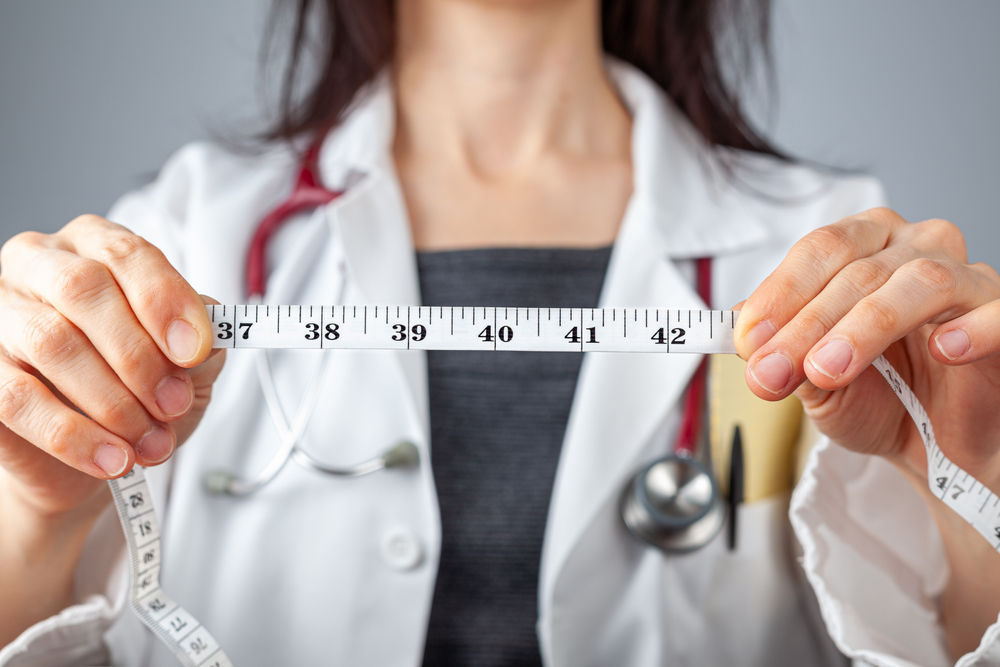
G astric bypass surgery is a procedure that's designed to help people lose weight. That makes it sound simple, but gastric bypass is more than just an easy way to lose a few pounds. Gastric bypass surgery does not operate on your stomach or intestines, but instead involves making you feel fuller after eating less food. As a result of the surgery, you'll be able to eat less food and still feel satisfied (although you will have to avoid some foods altogether).
This surgical procedure involves bypassing a section of the small intestine around the stomach which significantly reduces the size of the stomach. This surgery has been used since at least 20 years ago to treat morbid obesity and is still considered one of the most successful treatments. The gastric sleeve is no exception, it is a staple in most bariatric procedures. In general, patients who have had this procedure are said to experience an improved quality of life with weight loss and reduced obesity-related medical problems. A new trend that was seen after 2013 was laparoscopy which instead uses microscopic instruments to make small cuts in your abdomen so that there will be minimal disfigurement during surgery and you won't need any incisions at all. Gastric bypass surgery is considered the most effective form of therapy for morbid obesity, bariatric surgery.

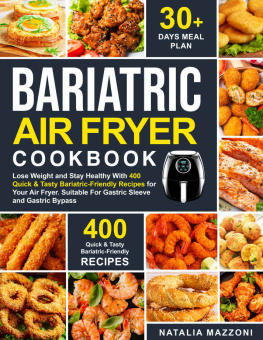


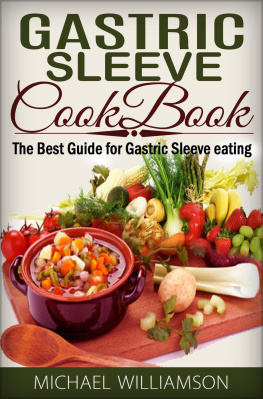
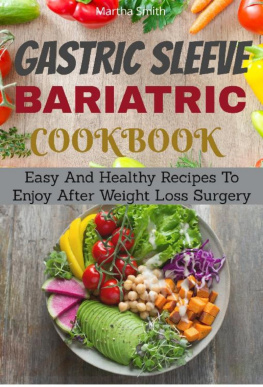


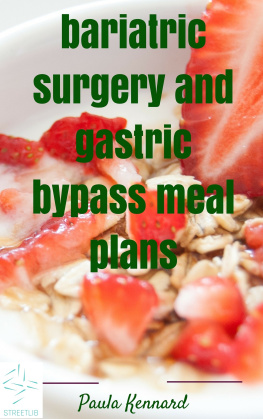
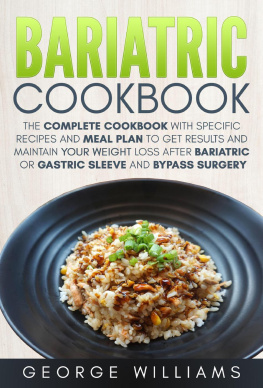
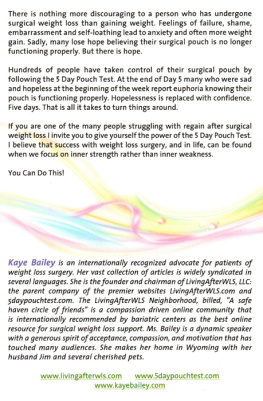

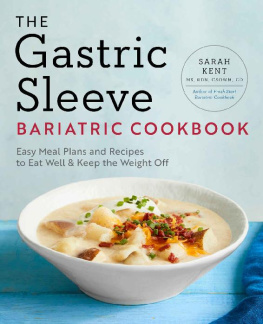
 Copyright 2022 - All rights reserved. The content contained within this book may not be reproduced, duplicated or transmitted without direct written permission from the author or the publisher. Under no circumstances will any blame or legal responsibility be held against the publisher, or author, for any damages, reparation, or monetary loss due to the information contained within this book. Either directly or indirectly.
Copyright 2022 - All rights reserved. The content contained within this book may not be reproduced, duplicated or transmitted without direct written permission from the author or the publisher. Under no circumstances will any blame or legal responsibility be held against the publisher, or author, for any damages, reparation, or monetary loss due to the information contained within this book. Either directly or indirectly.
 W hen it comes to weight loss, there are plenty of viable options. Of course, many people turn to surgery.
W hen it comes to weight loss, there are plenty of viable options. Of course, many people turn to surgery.  G astric bypass surgery is a procedure that's designed to help people lose weight. That makes it sound simple, but gastric bypass is more than just an easy way to lose a few pounds. Gastric bypass surgery does not operate on your stomach or intestines, but instead involves making you feel fuller after eating less food. As a result of the surgery, you'll be able to eat less food and still feel satisfied (although you will have to avoid some foods altogether).
G astric bypass surgery is a procedure that's designed to help people lose weight. That makes it sound simple, but gastric bypass is more than just an easy way to lose a few pounds. Gastric bypass surgery does not operate on your stomach or intestines, but instead involves making you feel fuller after eating less food. As a result of the surgery, you'll be able to eat less food and still feel satisfied (although you will have to avoid some foods altogether).